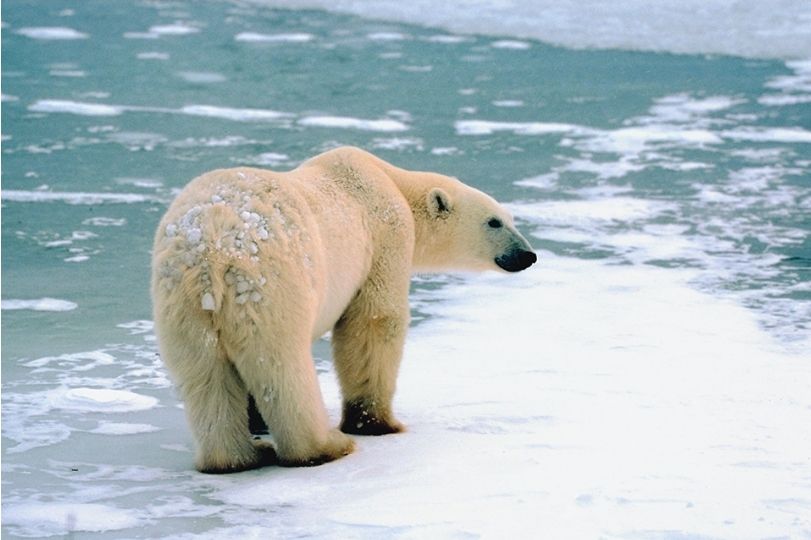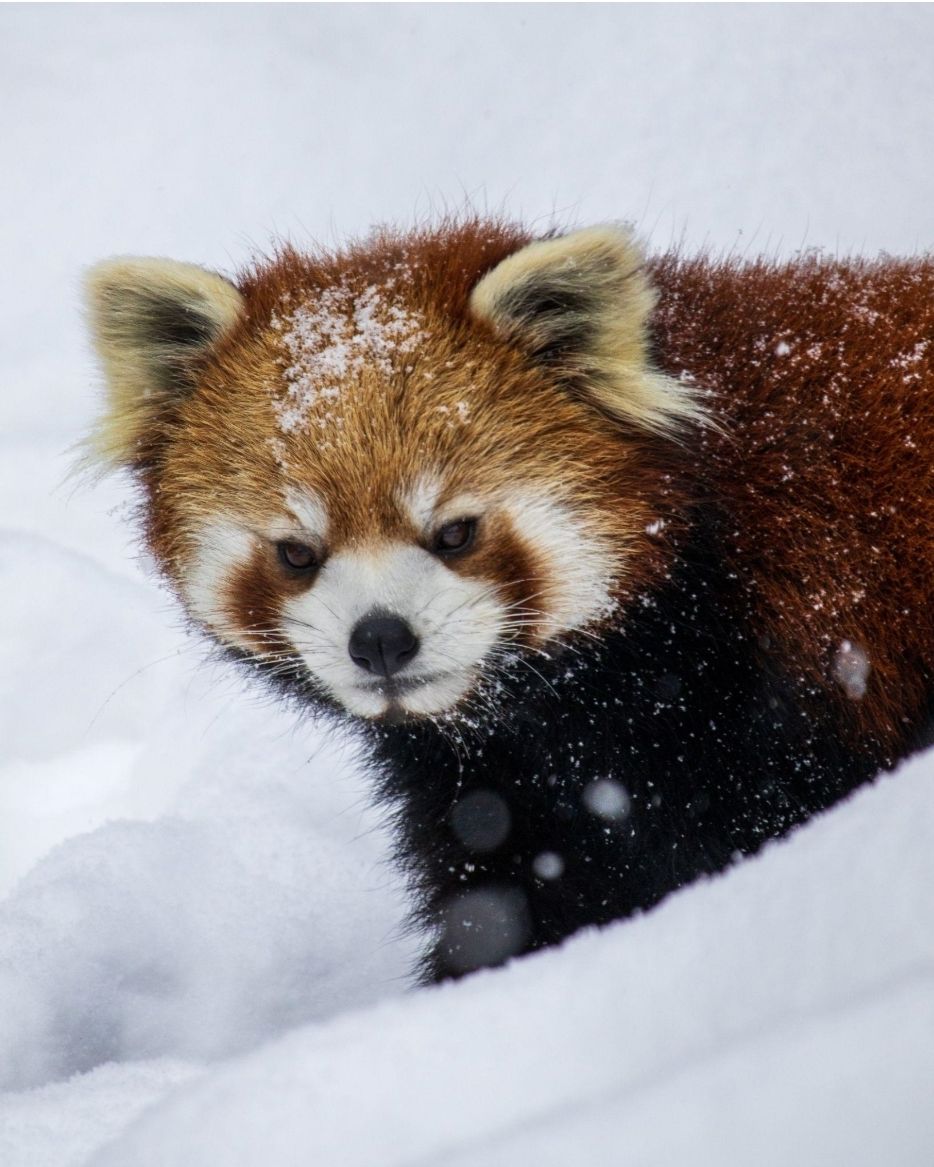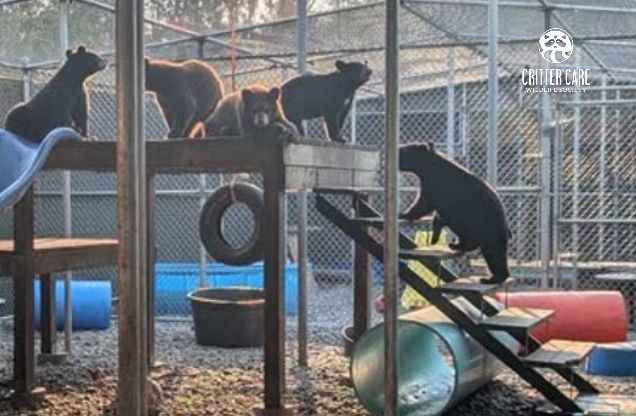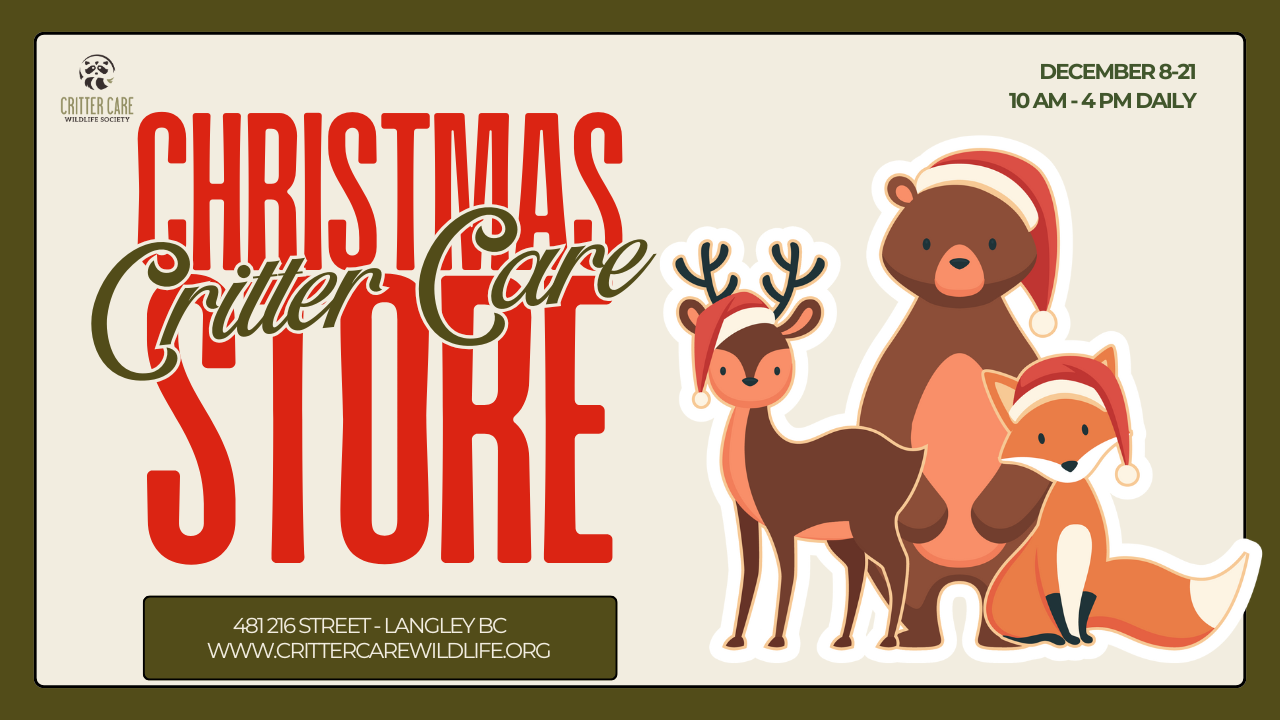Are there bears in jail?
Yup, in Churchill, Manitoba, Canada.
Officially, the building was once a morgue
on a former military base, but now it’s being used to keep up to twenty-three polar bears alive at a time!
In the past, many polar bears were killed
if they came too close to the town of Churchill.
Now they’re kept in the “Polar Bear Jail”
during the late fall until the pack ice freezes, then released to join their brethren
in Hudson Bay, for the seal hunt.






